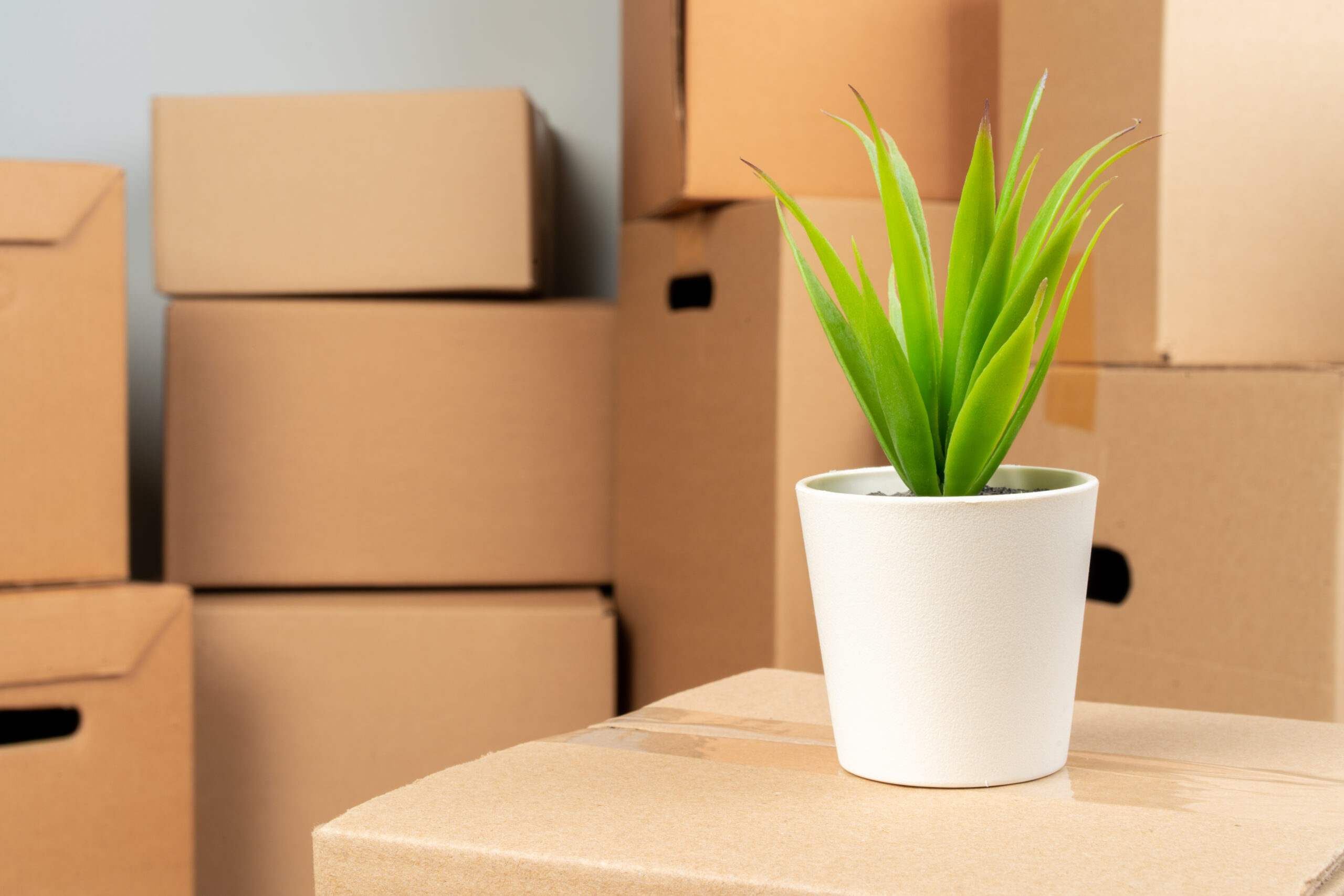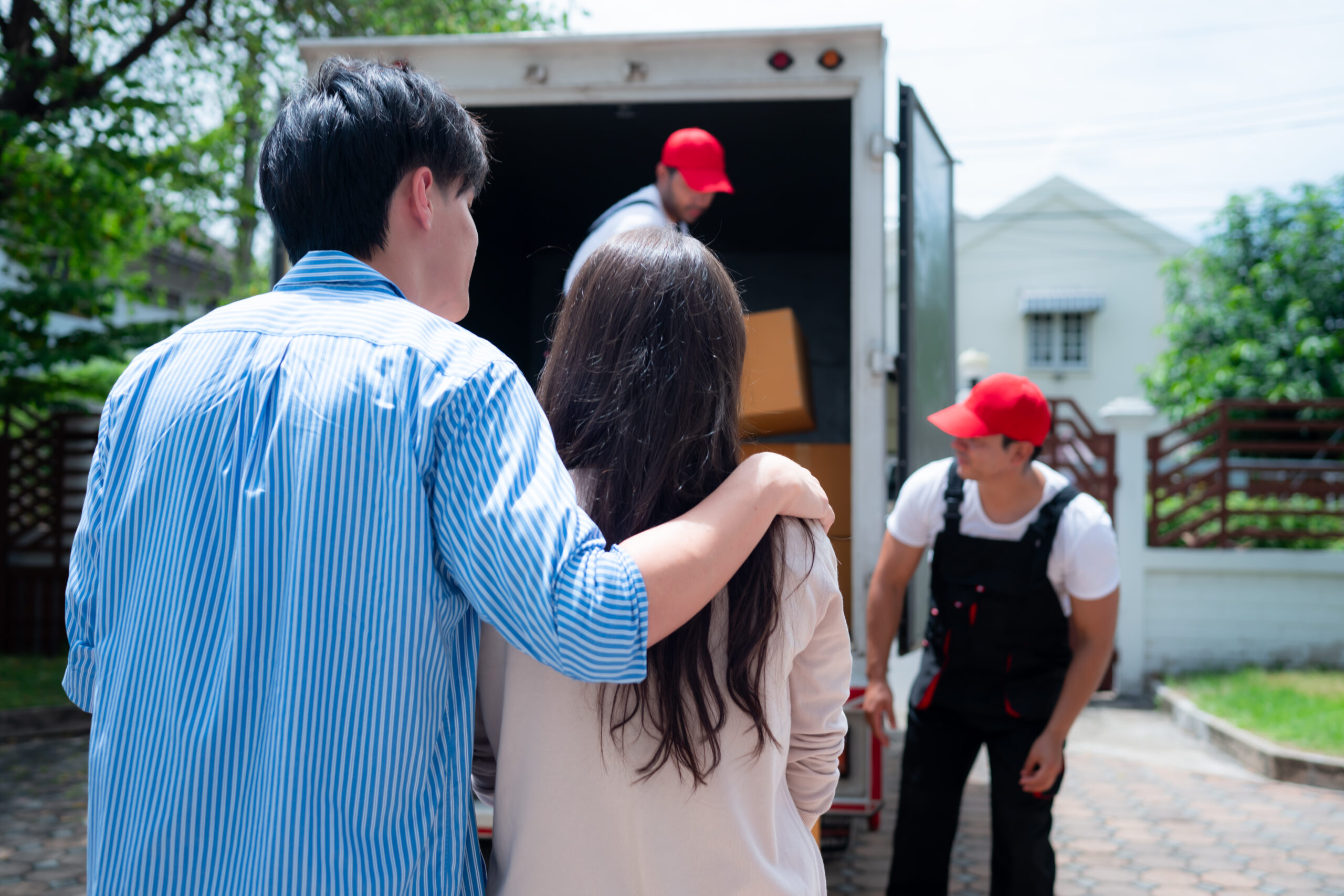Whether you’re packing for the first time in your life, need a refresher, or are looking to compare our tips with your style, this is the blog post for you. We’re going to break down packing here, to make it easy, stress-free, and even something you grow to enjoy!
The easiest place to start is with your own stuff; comb through everything you own, and whatever you don’t need or want gets donated, sold, or tossed. This way, you also know how much you have to pack, and can plan accordingly.
Now that you know what you need to pack, let’s talk about the how. To get some basics out of the way, here are a few handy rules: like items go together, boxes should be packed by room, and fragile items need layers of bubble wrap and insulation to stay safe; don’t forget to label them as fragile! Working room by room and going in order is the only simple trick you need for packing to be easier than you could imagine.
First thing to do is get moving supplies! (We have a great post with an Ultimate Moving Checklist that talks about this). Once you have that out of the way, you can get to actual packing. For each member of the household, pack an ‘immediate essentials’ suitcase that can be opened immediately upon arrival. After you have the essentials out of the way, you can empty out closets; hanging clothes can go in dryer bags and get transferred directly to your new space, while folded/stored clothes can be sealed in plastic bags (vacuum sealed for space maximization!) and packed into boxes or suitcases. Remember to label by room and item for ease of unpacking!
Dishes and breakables go into boxes in layers, with bubble wrap surrounding them. For more insulation, you can pack these items in with old clothes or stuffed toys. Stack glasses alternatively (one right side up, one upside down) to save them from jostling too much.
Books are heavy, but the easiest way to transport them is still small moving boxes (as counterintuitive as it may seem, big boxes take more space and end up being weaker). Be careful not to fill them to the brim, as they lose structural integrity when overfilled.
A tip for any spaces left in boxes, by the way, is to put small items in and fill them, so that the weight is more evenly distributed.
Electronics and appliances are tricky; the best tip is to take pictures of the cable setup, then store tools and cables in a Ziploc bag, and that bag then goes into the same box as the device. When it’s time to set up, you have everything you need for the device right there! If you have specialized appliances (like plasma TVs), look up their shipping instructions to avoid damage.
Furniture needs to be dismantled and packed in a shipping-friendly way, in large boxes or specialized wraps. Better yet, leave this part to us!






